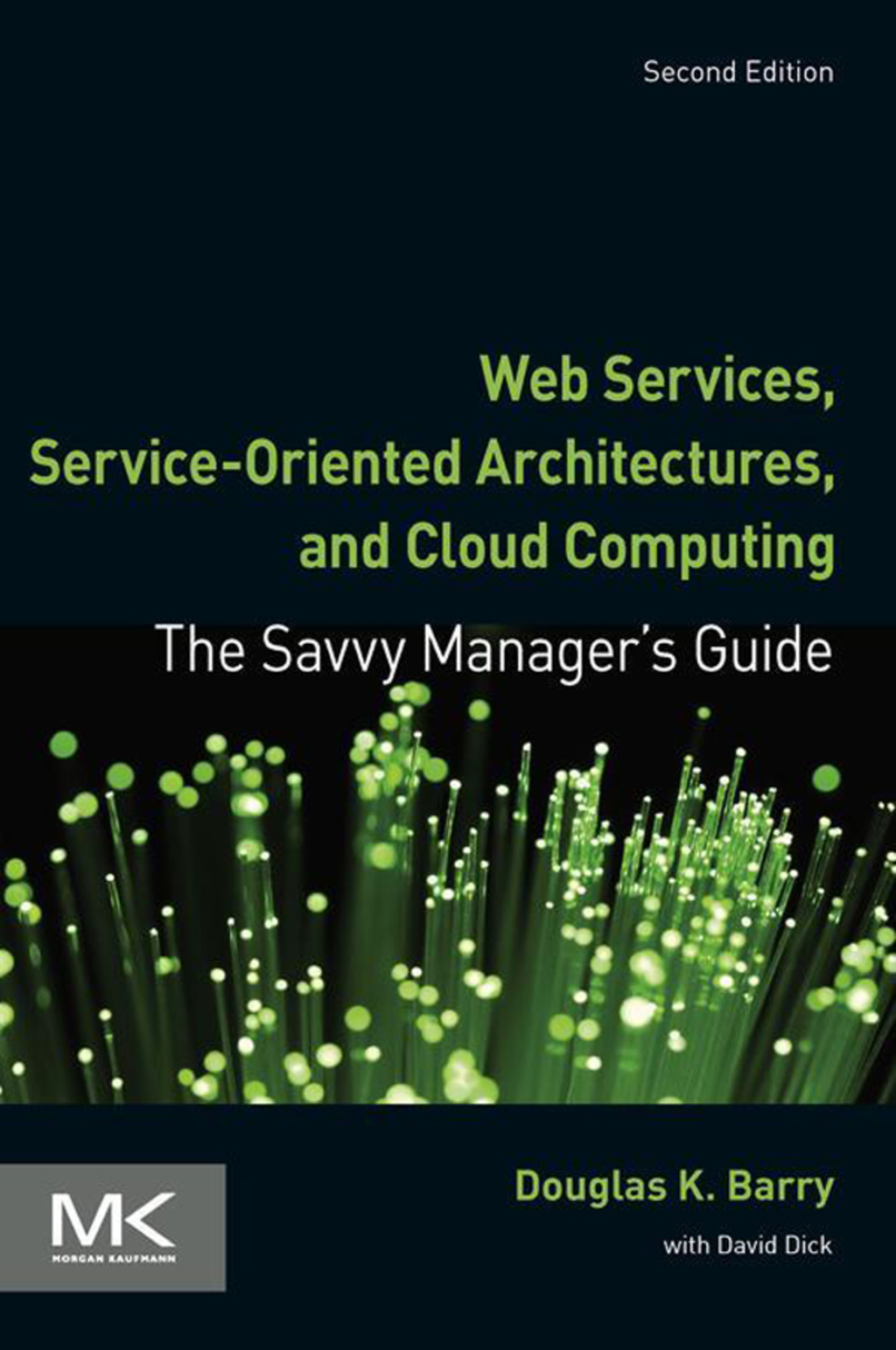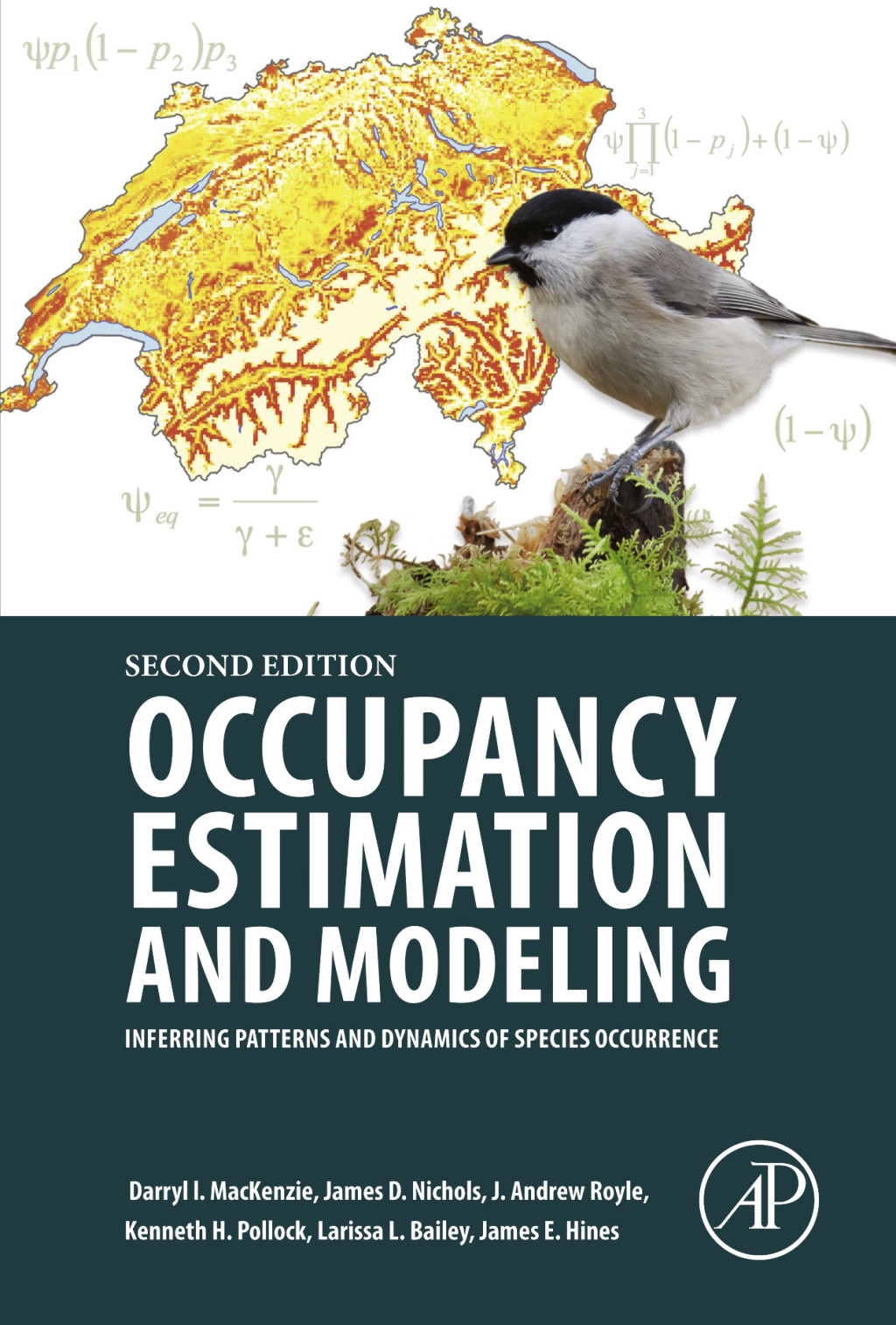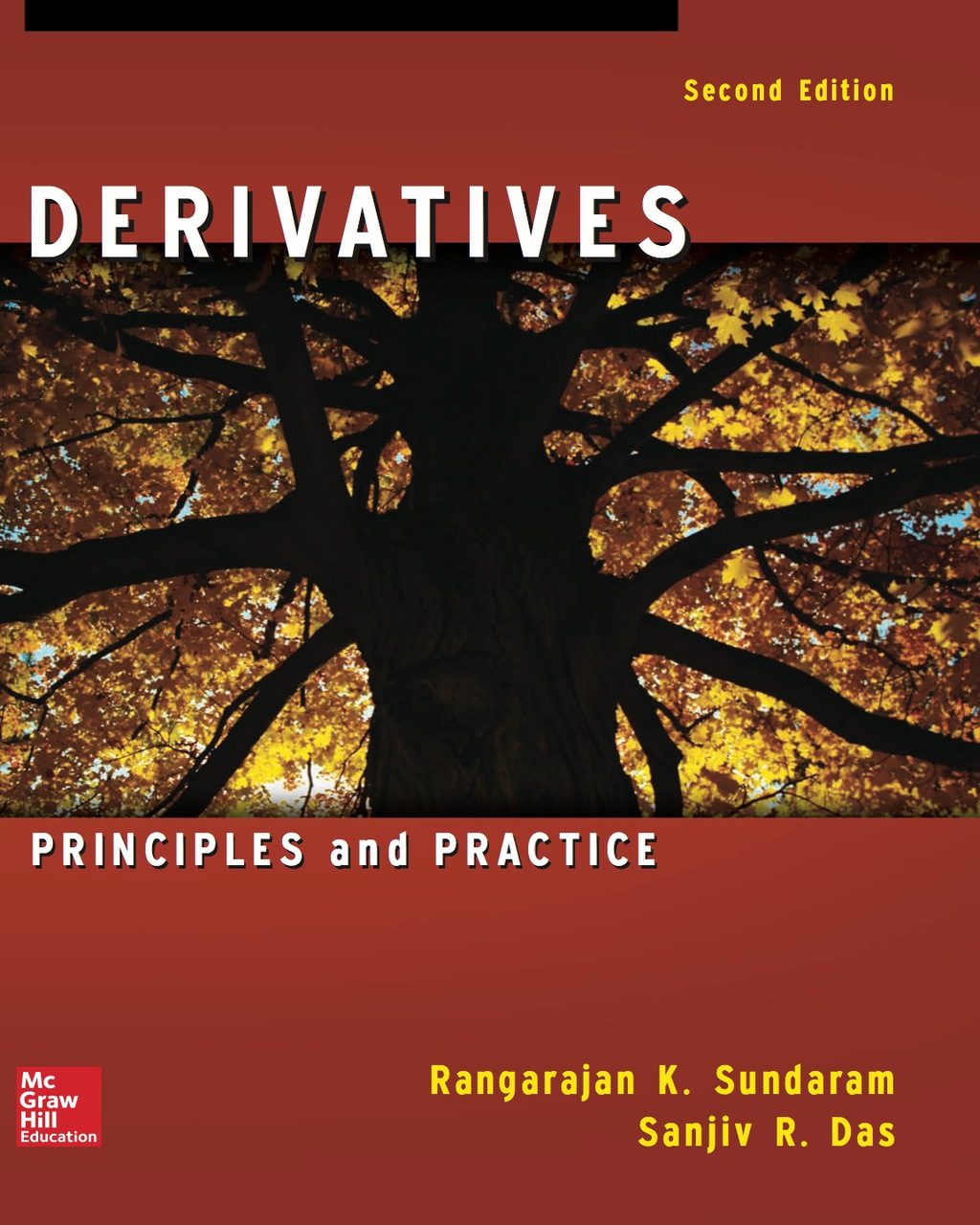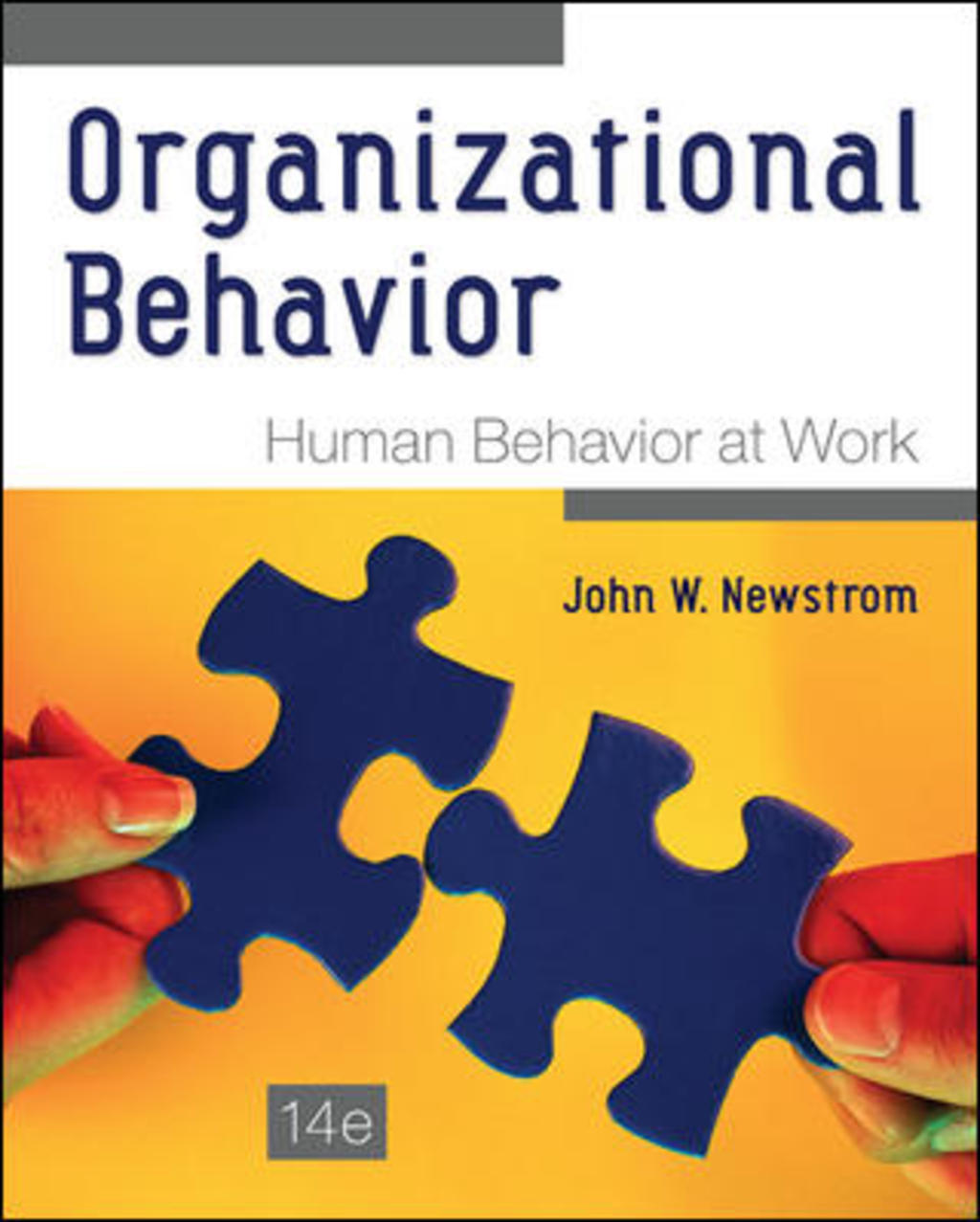Occupancy Estimation and Modeling Inferring Patterns and Dynamics of Species Occurrence 2nd Edition
Author(s): Darryl I. MacKenzie; James D. Nichols; J. Andrew Royle; Kenneth H. Pollock; Larissa Bailey; James E.
Publisher: Academic Press
ISBN: 9780124071971
Edition: 2nd Edition
$39,99
Delivery: This can be downloaded Immediately after purchasing.
Version: Only PDF Version.
Compatible Devices: Can be read on any device (Kindle, NOOK, Android/IOS devices, Windows, MAC)
Quality: High Quality. No missing contents. Printable
Recommended Software: Check here
Important: No Access Code
Description
Description
Occupancy Estimation and Modeling: Inferring Patterns and Dynamics of Species Occurrence, Second Edition, provides a synthesis of model-based approaches for analyzing presence-absence data, allowing for imperfect detection. Beginning from the relatively simple case of estimating the proportion of area or sampling units occupied at the time of surveying, the authors describe a wide variety of extensions that have been developed since the early 2000s. This provides an improved insight about species and community ecology, including, detection heterogeneity; correlated detections; spatial autocorrelation; multiple states or classes of occupancy; changes in occupancy over time; species co-occurrence; community-level modeling, and more.
Occupancy Estimation and Modeling: Inferring Patterns and Dynamics of Species Occurrence, Second Edition has been greatly expanded and detail is provided regarding the estimation methods and examples of their application are given. Important study design recommendations are also covered to give a well rounded view of modeling.
- Provides authoritative insights into the latest in occupancy modeling
- Examines the latest methods in analyzing detection/no detection data surveys
- Addresses critical issues of imperfect detectability and its effects on species occurrence estimation
- Discusses important study design considerations such as defining sample units, sample size determination and optimal effort allocation










